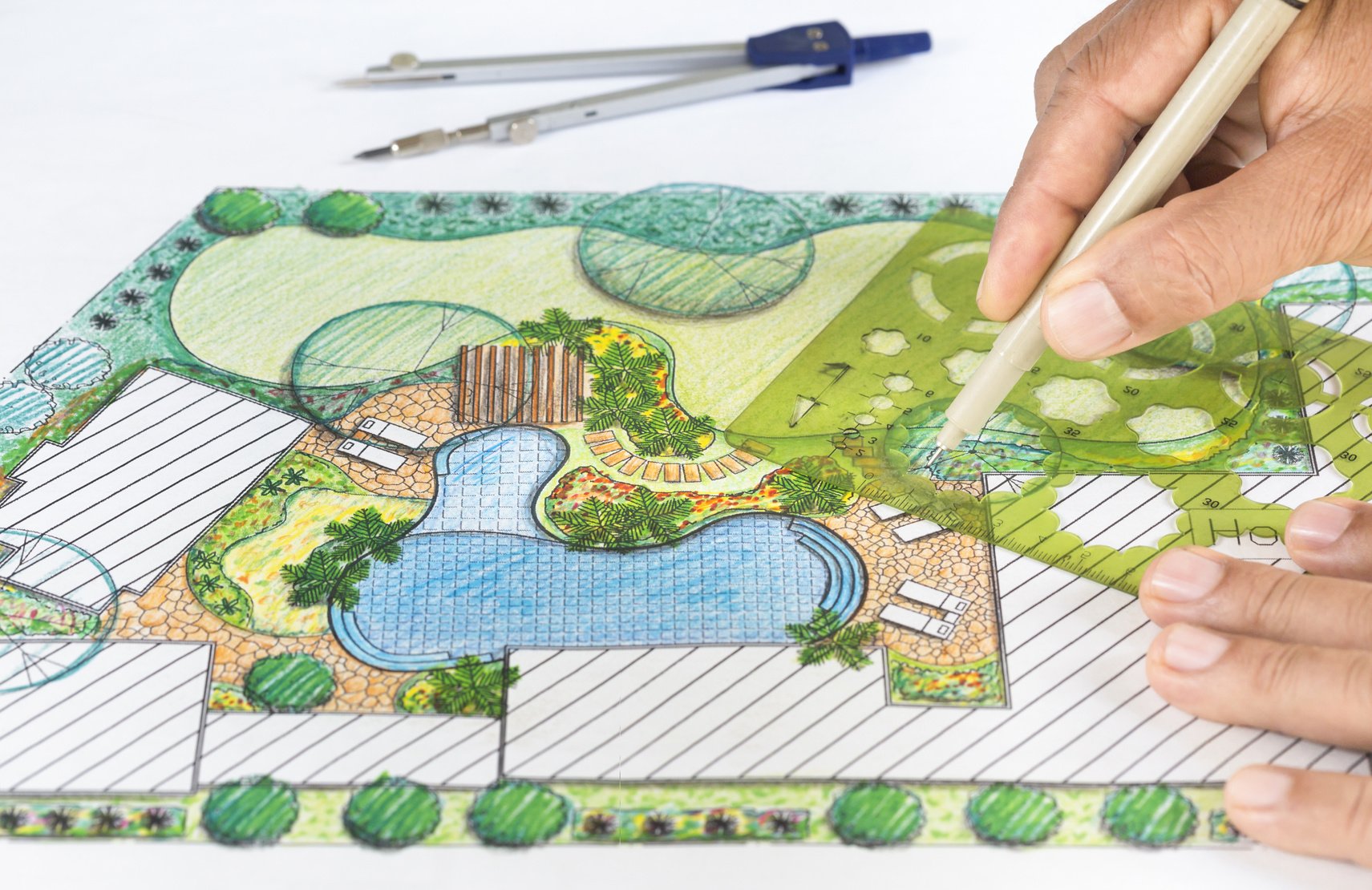Detailed Manual to Landscaping Your Yard
Designing your front yard is more than just about planting flowers and pruning bushes; it’s also about creating an inviting space that beautifies the architecture of your home while increasing its worth. If you want to create a lasting first impression or simply want to experience a lovely outdoor environment, a thoughtfully planned landscape design can transform your front yard into a stunning masterpiece. This guide will walk you through each step of the landscaping process, ensuring that you have all the information you need to make your vision a reality.
From understanding the advantages of hiring experts to exploring DIY options, we will cover all the necessary elements that lead to a flourishing project. imp source will learn about the importance of proper lawn care and maintenance, how to select the right plants for your garden, and effective hardscaping ideas that can maximize your outdoor living space. You can either hire a professional or do it yourself, our detailed guide will help you steer clear of common mistakes and create a beautiful, functional front yard that you can be happy with.
The Benefits of Professional Landscaping
Hiring expert landscaping can convert your front yard into a beautiful outdoor area that enhances your home’s curb appeal. Although many homeowners may consider taking on the job on their own, engaging experts guarantees that the design and execution are done correctly. Experts have the experience and knowledge to steer clear of common pitfalls and errors that can arise in DIY projects, ultimately saving time and money in the long run.
Another significant advantage of hiring a landscaping service is the ability to create a customized design adapted to your particular needs and preferences. Landscaping professionals can evaluate your yard and recommend the best plants, hardscaping features, and layout to match your surroundings and lifestyle. patio covers includes aesthetic considerations but also functional aspects such as drainage, soil health, and plant compatibility, contributing to a landscape that flourishes year-round.
In conclusion, professional landscaping can significantly increase the value of your property. A thoughtfully crafted landscape is more than just aesthetically appealing; it can enhance the general appeal of your home to potential buyers. Studies show that attractive landscaping can add substantial value, often recouping a larger percentage of investment than other home improvements. Thus, by opting for expert landscaping, you not only enjoy a beautiful outdoor space but also make a wise financial decision for your property's future.

Lawn Care Essentials
Caring for a vibrant lawn needs regular attention and care. The key to a thriving lawn begins with proper mowing techniques. Aim to cut your grass at the proper height for its specific type, as mowing too short can harm the roots and lead to weed growth. Keeping your mower blades in good condition ensures a clean cut, which helps your lawn heal quickly and resist diseases. Additionally, try to vary your mowing pattern each time you mow the grass to encourage upright growth and prevent soil compaction.
Applying fertilizers is a further crucial element of lawn care. Knowing your soil's nutrient needs is critical, and soil testing can offer important insights into what amendments might be necessary. Apply fertilizers during the growing season, following recommended schedules for your climate and grass type. Incorporating a mix of organic and synthetic fertilizers can encourage robust growth and color, guaranteeing your lawn remains healthy throughout the year.
Irrigation plays a vital role in lawn maintenance. It's crucial to provide adequate water without overdoing it, as both under-watering and over-watering can lead to problems like drought stress or root rot. A rule of thumb is to water deeply and infrequently to encourage roots to grow further into the soil. Consider utilizing a rain gauge to monitor rainfall and adjust your watering schedule accordingly, so that your lawn remains hydrated and thriving all season long.
Sustainable Landscaping Practices
Implementing green landscaping practices not only helps the environment while also boosts the beauty and functionality of your outdoor space. A key of the essential elements is the selection of indigenous plants, which are well adapted to the local climate and soil conditions. These plants demand fewer water and care, making them a perfect choice for environmentally friendly gardeners. Additionally, indigenous plants support local wildlife, including pollinators, which creates a vibrant ecosystem in your yard.
Incorporating water-efficient garden design techniques, like xeriscaping, can greatly reduce water usage. This strategy includes selecting drought-resistant plants, using mulch to keep moisture, and utilizing efficient irrigation methods. By designing a garden that flourishes on minimal water, you not only conserve resources but also decrease the need for harmful fertilizers and pesticides, promoting a better environment for your home and community.
In conclusion, engaging in composting and employing organic materials can enhance soil quality and reduce waste. Composting kitchen scraps and yard waste enriches the soil, providing essential nutrients to your plants and avoiding relying on chemical fertilizers. This green method promotes a thriving landscape while contributing to waste reduction efforts. By embracing Read Full Report , you not just create a stunning outdoor space but also take significant steps toward a greener future.